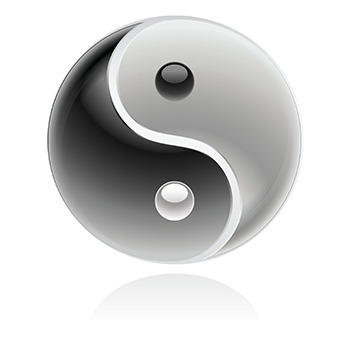Less is More When it Comes to Online Advertising
Why is Less More? 
There is currently a shift in consumer preference regarding the level of information included in today’s marketing messages. When thinking about some of the top global brands, like Apple and Google, simplicity is obviously one of their key strategies. Also, a large part of the appeal of social platforms like Twitter and Pinterest, is their get-to-the-point, minimalist approaches. As online marketers, we can learn an important lesson from these global giants and their “Less-Is-More” strategy.
It’s no surprise that today’s over-stimulated consumers are prone to feeling burned out by a constant barrage of information and advertisements. Many of today’s marketing innovators are taking the opposite approach to combat the traditional advertising arms race. They are now making concerted efforts to tone down their campaign messages in an effort to prevent overwhelming consumers with too much, too quickly.
Here is a great example of an online display ad that is destined to overwhelm and confuse
The ad shown above has too many conflicting messages and makes it difficult for the consumer to sift through the information in order to understand what they are looking at. As mobile advertising becomes more prominent, this idea of simplicity becomes even more important due to smaller screen sizes.
As consumers become more connected and more involved in their digital lives, the sensory input they are confronted with continues to increase at an accelerated pace. As a result, many successful marketing strategies are beginning to incorporate a component of simplicity and adopt a “less-is-more” approach.
Here is an example of an online display ad that is more simplified and speaks more directly to the consumer:

The bottom line is that today’s consumers lead very busy lives and are not willing to invest their valuable time in deciphering complicated ad content. As more advertising options become available, especially online, we need to ensure that we also become more efficient at conveying our ideas, rather than overloading the consumer with too many messages.
Do you ever feel overwhelmed by needlessly complicated advertising? What strategy do you use to overcome this issue? Please feel free to comment below!